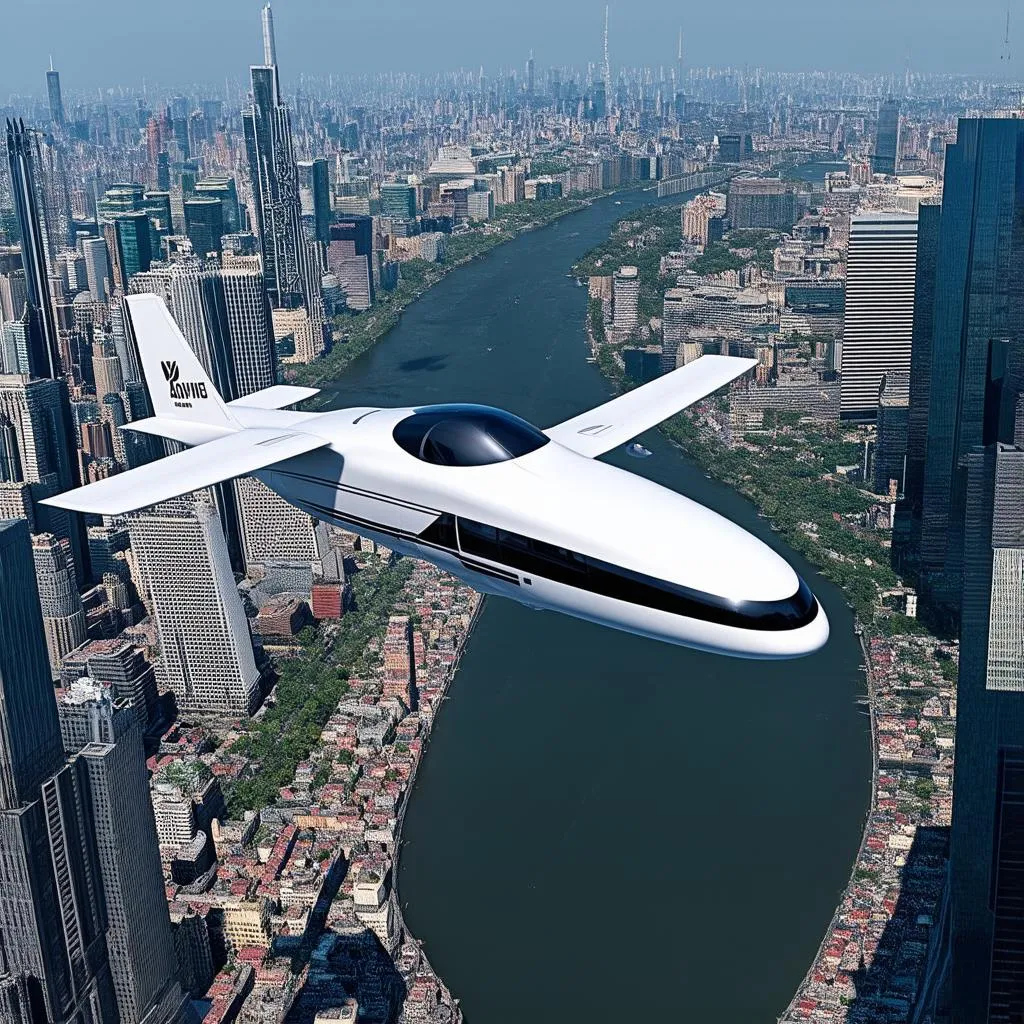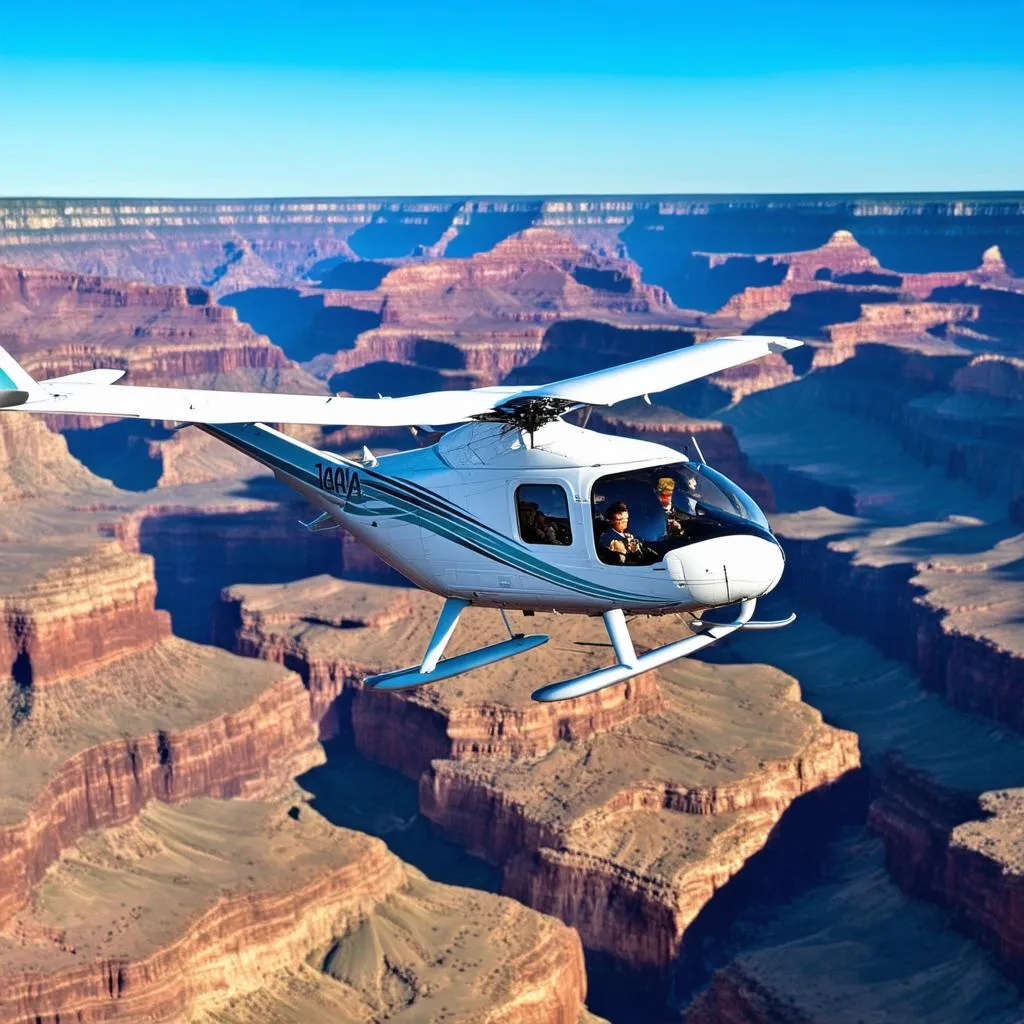Remember the Jetsons and their futuristic flying cars? What seemed like a distant dream just a few years ago is quickly becoming a reality. Air taxis, also known as electric vertical take-off and landing (eVTOL) aircraft, are poised to revolutionize urban mobility and potentially transform how we travel. But are we on the cusp of a transportation revolution, or is it too early to tell?
Taking to the Skies: A New Era of Urban Mobility
Imagine this: you’re running late for a meeting across town. Instead of battling traffic on congested highways, you book an air taxi on your phone. Minutes later, you’re soaring above the cityscape, enjoying breathtaking views on your way to a smooth, swift arrival. This is the promise of air taxis, offering a tantalizing solution to the age-old problem of urban gridlock.
How Air Taxis Work: A Blend of Innovation and Sustainability
These aren’t your typical helicopters. Air taxis are designed with sustainability and efficiency in mind. Powered by electricity, they produce zero emissions during flight, contributing to a greener future for our cities. Their vertical take-off and landing capabilities mean they don’t need traditional runways, allowing for convenient operation in urban environments.
 Urban Air Mobility
Urban Air Mobility
From Science Fiction to Reality: The Air Taxi Landscape
Several companies, including established aerospace giants and ambitious startups, are racing to develop and deploy air taxi services. Test flights are already underway in major cities worldwide, from Dubai to Singapore to Los Angeles.
The Cost of Convenience: Are Air Taxis Affordable?
Initially, air taxi rides are expected to be a premium service, catering to business travelers and those seeking luxurious, time-saving transportation. However, as the technology matures and economies of scale kick in, prices are projected to become more competitive. Some experts even envision air taxis becoming as affordable as traditional ride-hailing services like Uber or Grab in the future.
Navigating the Challenges: Regulations, Infrastructure, and Public Acceptance
While the potential of air taxis is undeniable, several challenges remain before they become a mainstream mode of travel.
- Regulatory Hurdles: Governments worldwide are still developing safety regulations and certification processes for this new form of air transportation.
- Infrastructure Needs: Dedicated landing pads and charging infrastructure are crucial for widespread air taxi operation.
- Public Perception: Addressing concerns about noise pollution, safety, and visual impact will be essential for public acceptance.
Beyond the Commute: Air Taxis and the Future of Travel
The impact of air taxis extends far beyond urban commuting. They have the potential to:
- Connect Remote Areas: Providing access to healthcare, education, and economic opportunities for underserved communities.
- Revolutionize Tourism: Imagine scenic flights over the Grand Canyon or a quick hop to a secluded island resort in Bali. Air taxis could unlock unique and unforgettable travel experiences.
- Enhance Emergency Response: Their agility and speed make them ideal for medical evacuations, search and rescue operations, and disaster relief efforts.
 Scenic Air Taxi Flight
Scenic Air Taxi Flight
Are You Ready for Takeoff?
The future of travel is undoubtedly heading skyward. While challenges remain, the rapid advancements in air taxi technology and the increasing interest from investors and policymakers suggest that this futuristic mode of transportation may soon become a reality. Will air taxis transform our cities and revolutionize how we explore the world? Only time will tell.
Want to learn more about the future of travel and how technology is changing how we explore the world? Check out these related articles on travelcar.edu.vn:
Let us know in the comments below what you think about the future of air travel and if you’d consider hopping on an air taxi for your next trip!